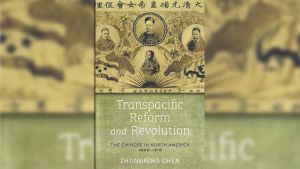
Ruptured Worlds: A Photo Essay on the Lower Sesan 2 Dam, Cambodia
Infrastructure is often introduced using basic facts. For instance, the Lower Sesan 2 Dam is Cambodia’s largest dam, located on the Sesan River, which is a major tributary of the Mekong. Other key pieces of information are that the project was approved in 2012, became operational in 2018, and has since directly displaced some 5,000 local villagers from their homelands and flooded more than 30,000 hectares. The 400-megawatt facility is now owned by a Chinese, Cambodian, and Vietnamese joint venture and, although plans for the project long pre-date the existence of the Belt and Road Initiative (BRI), it is now labelled a BRI project (Mahanty 2021).
Yet, the numbers we use to describe a dam’s impact—hectares under water, number of people displaced, tonnes of fish lost—are often inadequate or ‘flat’ (Sousanis 2015). Numbers cannot convey the enormity and complexity of transformation that is wrought by megaprojects such as the Lower Sesan 2 Dam. Nor can they convey how contestation continues over this dam, in relation to indigenous resettlement, livelihoods, resources, human rights violations, and cumulative environmental impacts (HRW 2021). Take, for instance, the terrifying failure of the Tonle Sap flood pulse in recent years (Fawthrop 2020). This floodplain lake is Asia’s largest freshwater fishery, and it depends on monsoonal inflows from rivers like the Sesan and Mekong. The Lower Sesan 2 Dam has contributed to this emerging crisis.
Continue reading this photo essay on The People’s Map of Global China.





